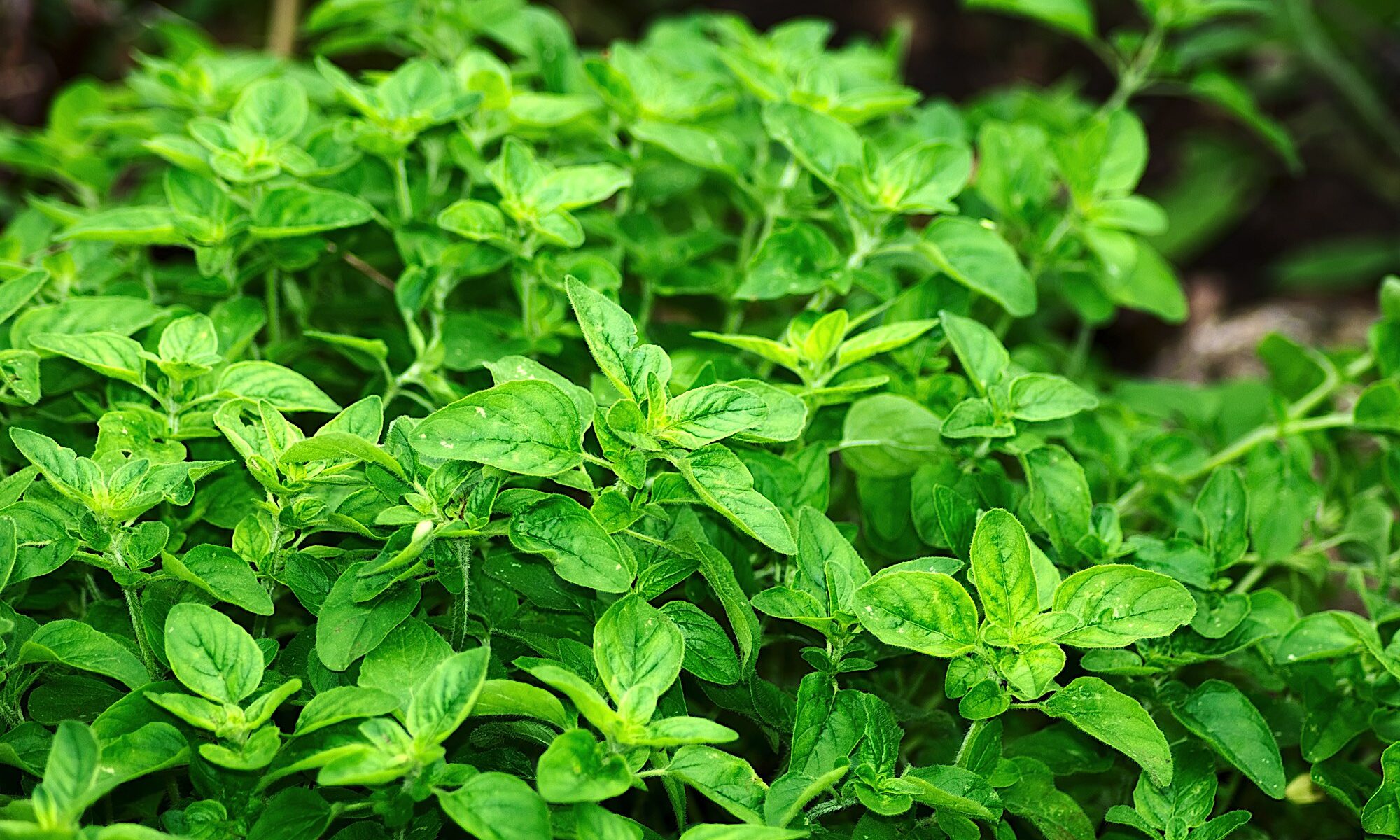There is something inexplicably fun about foraging for wild food. Finding herbs and edible greens in nature and free for the taking seems almost magical in a time when everything is packaged and sold.
Edible plants are all around us – even in the city. Edible greens can be found growing in parks and along trails. You don’t need to be an expert to identify the different varieties. There are apps that allow quick identification with a picture. With a photo or two, a phone app can provide the name, edibility factor, and notes that a forager needs to be aware of.
It’s surprising how many wild plants can be part of a meal or salad. In the spring and summer, delicate greens can be found growing in the backyard, at the local park, and in the woods. In the fall, delicacies such as maple seeds, beach nuts, and acorns are a wonderful addition to a meal or salad. And during the winter, there are edibles such as cattails, pine needles for tea and shortbread, and rose hips.
Did you know that the entire dandelion plant is edible? The simplest way to get started with dandelions is to use the tender, young greens in a tossed salad. Mature greens can be cooked in water for five minutes to remove bitterness and then sautéed in olive oil or butter for a nice addition to an omelette. Dandelion fritters are made with the flower heads dredged in flour, egg, and milk batter then cooked in hot oil until browned. They’re the perfect side dish when camping or tailgate grilling.
During the autumn months, you might discover an oak tree that has dropped its bounty of acorns. Acorn flour is wonderful for cooking, but the oak nuts must be soaked to remove the bitter tannins. Allow them to soak in cold water for several days before using. Acorn flour is a fine wheat substitute and a source of vitamins, minerals, and anti-oxidants.
One of the more unusual edibles you might find are the whirly helicopter-like seed pods that maple trees release in the fall, known as samaras. When the outer layer of the pod is peeled off it will reveal two small seeds inside. With a little practice, it’s possible to shell the seeds quite quickly. They can be eaten from the hand, roasted, steamed, or boiled. And they are a great addition to salads, autumnal dishes, or ground into a flour. Try substituting maple syrup and samara flour in your favourite holiday cookie recipes.
Some plants have roots and other parts that, when dried, can be ground into a drip coffee alternative. Chicory roots can be harvested in the fall when they stopped growing. The cleaned and peeled roots are roasted in the oven on low heat for several hours then ground into granules similar to fine coffee. The same process can be used for dandelion root and hickory nut coffee. Alternatively, the roots can also be dry roasted it on low heat in a saucepan. When the grounds are rich and even dark brown they’re ready. Brew just like drip coffee or make campfire coffee by letting them simmer in boiled water for 10 minutes. Pour through a strainer or use a French press to separate the grounds from the rich caffeine-free brew.
Looking for a place in the country to work from home? Contact me for farm and acreage listings.


